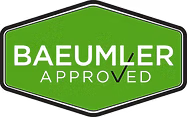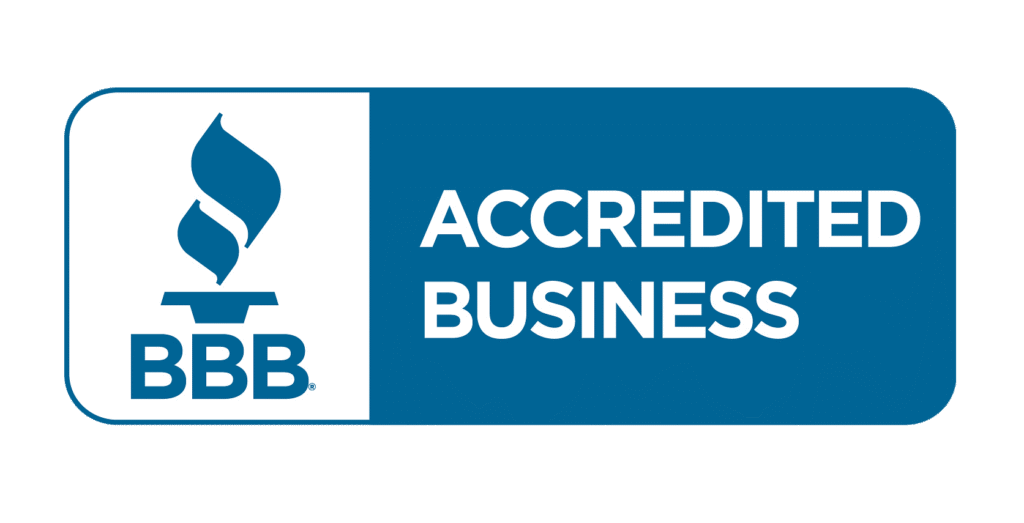Mold growth is a common problem for homes and businesses. It often happens in places with high humidity or water damage. In Yorkville, mold removal is crucial as it can cause serious health problems and damage to buildings if not dealt with quickly and properly.
Are you looking for professional mould removal in Yorkville? Our skilled staff specializes in mould removal that is efficient, safe, and thorough, protecting both your house and your health.
Mould can seriously damage your property and harm your health. Dealing with this problem quickly is important.
At CPR24 Restoration, we use modern methods and top equipment. We provide mould removal and cleanup services that make the environment clean and safe. Contact us immediately for dependable mould removal in Yorkville that ensures long-term results.
What You Need to Know About Mold
Mold is a type of fungus that thrives in damp environments. It reproduces through spores that can easily become airborne, leading to widespread contamination. Understanding the characteristics of mold is crucial for effective management.
Types of Mold in Yorkville Mold Removal
Several types of mold exist, each with distinct characteristics:
- Aspergillus: Commonly found in homes, it can cause respiratory issues.
- Cladosporium: Often appears as black or green spots, typically found in damp areas.
- Stachybotrys: Known as black mold, it is particularly toxic and can lead to severe health problems.
Health Risks Associated with Mold
Mold exposure can lead to various health issues, including:
- Allergic Reactions: Symptoms may include sneezing, runny nose, and skin rashes.
- Respiratory Problems: Prolonged exposure can exacerbate asthma and other respiratory conditions.
- Toxic Reactions: Certain molds produce mycotoxins, which can lead to serious health complications.
Causes of Mold Growth & Need of Mold Removal Yorkville
Understanding the root causes of mold growth can help in prevention and remediation efforts.
Excessive Moisture Levels
Mold thrives in damp environments. Common sources of moisture include:
- Leaky Pipes: Water leaks can create ideal conditions for mold growth.
- Flooding: Heavy rains or flooding can lead to significant water damage.
- High Humidity: Areas with poor ventilation can trap moisture, promoting mold growth.
Poor Ventilation
Inadequate airflow can lead to stagnant air and increased humidity levels, creating a perfect breeding ground for mold.
The Importance of Yorkville Mold Remediation
Mold remediation Yorkville is essential for maintaining a safe and healthy environment. It involves the removal of mold and the restoration of affected areas.
Health Benefits
Effective mold remediation can significantly reduce health risks associated with mold exposure. By removing mold, you can improve indoor air quality and create a healthier living or working environment.
Structural Integrity
Mold can weaken the structural integrity of buildings. Timely remediation helps prevent costly mold removal repairs and ensures the longevity of your property.
Steps for Effective Mold Removal Yorkville
Removing mold requires a systematic approach to ensure complete removal and prevent future growth.
Step 1: Mold Inspection Yorkville
Conduct a thorough inspection to identify the extent of mold growth. This may involve:
- Visual Inspection: Check for visible signs of mold.
- Moisture Testing/ Air Quality Testing: Use moisture meters to identify damp areas.
Step 2: Containment
To prevent the spread of mold spores during removal, it is crucial to contain the affected area. This can be achieved by:
- Sealing Off Areas: Use plastic sheeting to isolate the contaminated space.
- Using Air Filtration: Employ HEPA filters to capture airborne spores.
Step 3: Mold Removal Yorkville
Once contained, the actual removal process can begin. This involves:
- Removing Affected Materials: Dispose of contaminated materials such as drywall or carpeting.
- Cleaning Surfaces: Use specialized cleaning solutions to scrub surfaces and eliminate mold.
Step 4: Drying
After removal, it is essential to thoroughly dry the area to prevent future mold growth. This can be done using:
- Dehumidifiers: Reduce humidity levels in the affected area.
- Fans: Increase airflow to expedite the drying process.
Step 5: Restoration Services
Once the area is dry and free of mold, restoration can begin. This may include:
- Repainting: Use mold-resistant paint to prevent future growth.
- Replacing Materials: Install new drywall or flooring as needed.
Professional Mold Remediation Services in Yorkville
Some mold problems can be handled on your own. However, it is often best to hire professionals for large infestations.
Benefits of Professional Mold Removal Services
- Expertise: Professionals have the training and experience to handle mold effectively.
- Advanced Equipment: They use specialized tools and techniques for thorough remediation.
- Safety: Professionals follow safety protocols to protect themselves and occupants.
Choosing the Right Mold Removal Service
When selecting a mold remediation service in Yorkville, consider the following:
- Certifications: Ensure the company is certified and follows industry standards.
- Reviews: Look for customer testimonials and reviews to gauge reliability.
- Estimates: Obtain multiple quotes to compare services and pricing.
Preventing Future Mold Growth
Preventing mold growth in your home is essential for maintaining a healthy living environment. Mold grows well in wet, humid places. It can spread quickly and cause serious damage to your home. It can also pose health risks to your family.
A proactive mold prevention plan can help you avoid these issues and ensure that your home remains safe and comfortable. Below are several effective strategies to prevent mold growth, along with a detailed explanation of how each method works:
Control Humidity Levels
Maintaining low humidity levels is crucial. Consider:
- Using Dehumidifiers: These can help regulate moisture in the air.
- Ventilating Areas: Ensure proper airflow in bathrooms, kitchens, and basements.
Regular Inspections & Cleaning
Conduct routine and final inspections of your property to catch any signs of mold early. This proactive approach can save time and money in the long run.
Regularly cleaning areas prone to mold growth, such as bathrooms, kitchens, and basements, is essential. Use mold-killing cleaners and disinfectants to prevent mold spores from accumulating. Pay special attention to grout lines, window sills, and corners, where moisture tends to gather
Ventilate Properly
Proper ventilation is key to preventing mold. Ensure that your home has adequate airflow in areas like the kitchen, bathroom, and laundry room. Use exhaust fans in these spaces to vent moisture outside, especially during activities like cooking or showering. If your home doesn’t have exhaust fans, consider installing them or using portable ones to reduce moisture levels.
Fix Leaks Quickly:
Water leaks from pipes, a damaged roof, or cracks in the foundation can cause mold. Make it a priority to fix any leaks as soon as you detect them. Check pipes regularly for signs of leakage and inspect the roof and windows for any cracks or holes. Waterproofing your basement or crawl spaces can also help prevent water infiltration.
Ensure Proper Drainage:
Poor drainage around your home can lead to water pooling near the foundation, which increases the risk of mold growth. Make sure that gutters and downspouts are clear of debris and direct water away from the foundation. Ensure that the ground around your home slopes away from the foundation to prevent water from collecting near walls and windows.
Insulate Pipes:
Cold pipes in areas like basements and crawl spaces can sweat and create excess moisture, leading to mold growth. Insulating your pipes can help prevent condensation, reducing the chances of moisture buildup. You can use foam pipe insulation or other materials to cover exposed pipes and protect them from humidity.
Clean and Dry Wet Areas:
After any water event, like flooding or spills, it’s important to act fast. Clean and dry any wet surfaces within 24-48 hours to prevent mold from taking hold. Use fans and dehumidifiers to speed up the drying process.
Drying carpets, upholstery, and fabrics is crucial. They can hold moisture and help mold grow.
Use Mould-Resistant Products:
When renovating or building, consider using mould-resistant materials. Products like mould-resistant drywall, paint, and insulation can help prevent mold from forming in the first place. These materials withstand moisture and inhibit mold growth, making them an excellent investment for mold prevention.
Keep an Eye on Indoor Plants:
Indoor plants make your home look nice, but they can cause mold if you water them too much. Be mindful not to let excess water collect in plant saucers or trays. Ensure proper drainage in your pots and avoid overwatering to minimize the risk of mold growth.
By using these strategies in your mold prevention plan, you can greatly lower the chances of mold growing in your home. Regular maintenance and quick action on moisture problems will keep your home safe and mold-free for years.








